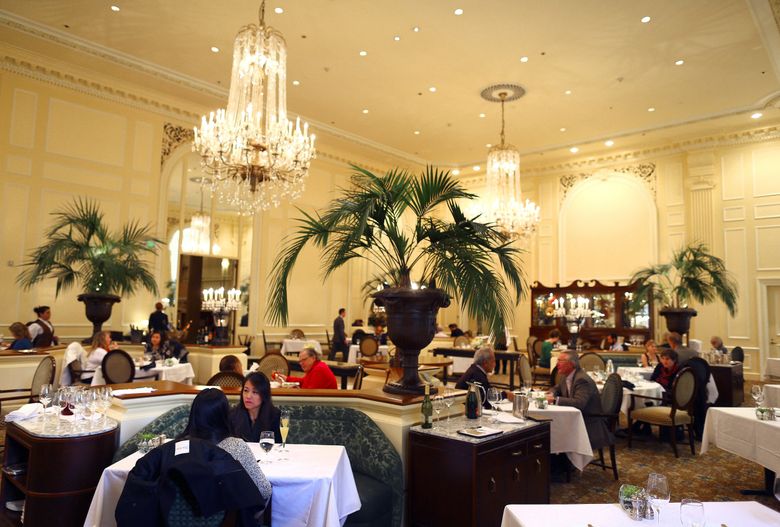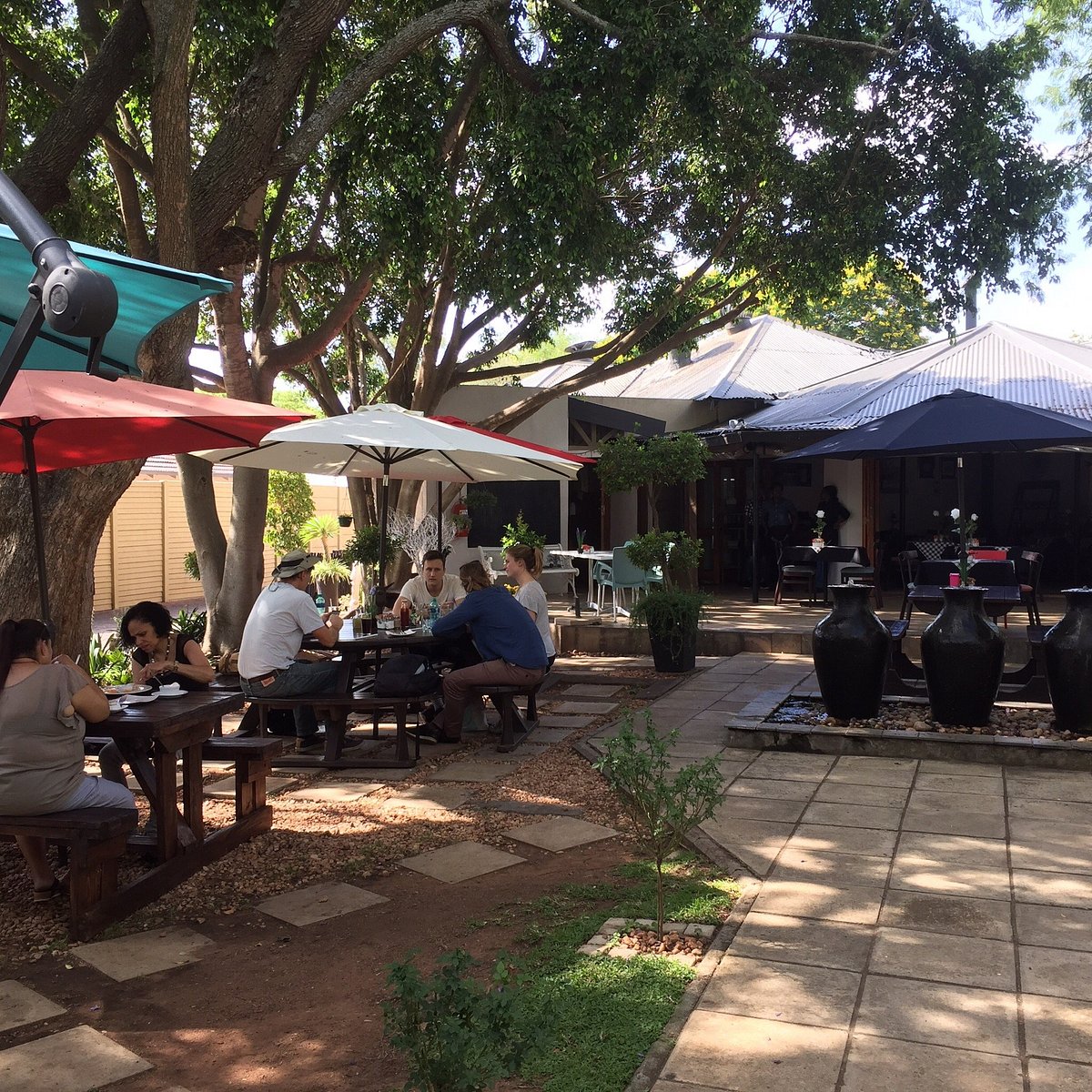Chinese Food Islamabad: Appreciate Genuine Chinese Food at its Best
Wiki Article
Savor Authentic Eastern Food With a Pan-Asian Spin for a Cooking Adventure
Embarking on a culinary trip via authentic Asian food, improved with a Pan-Asian spin, uses a special opportunity to discover the abundant tapestry of tastes that define the area's diverse culinary traditions. As you contemplate these luring dishes, take into consideration the cultural stories and historical impacts that form them, each bite supplying a tale waiting to be discovered. asian restaurant isb.
Exploring Pan-Asian Tastes
In the realm of worldwide gastronomy, Pan-Asian food stands apart for its remarkable variety and the unified interplay of flavors from numerous Oriental societies. This cooking method commemorates the special active ingredients and rich customs located throughout the continent, creating a tapestry of tastes that is both fascinating and rewarding. Key to Pan-Asian cuisine is its capacity to stabilize different tastes-- sweet, salty, spicy, and sour-- while highlighting the quality and top quality of each active ingredient.From the umami-rich soy sauce of Japan to the intense chili peppers of Thailand, Pan-Asian food uses a substantial scheme of tastes. These aspects are often incorporated in inventive ways, enhancing dishes with layers of complexity. For circumstances, using great smelling natural herbs such as lemongrass and cilantro, typical in Vietnamese and Thai cuisine, adds a rejuvenating illumination to dishes, while the unification of coconut milk delivers a velvety, abundant texture.
The emphasis on fresh fruit and vegetables and aromatic spices makes certain that each dish is not just a feast for the taste buds however likewise for the senses. Pan-Asian food welcomes diners to start a culinary journey, checking out the large and varied landscapes of Asian gastronomy with every bite.
Blend Meals to Try
While Pan-Asian cuisine is commemorated for its conventional tastes, the modern cooking landscape is progressively accepting combination recipes that mix these classic elements with impacts from other regions. This innovative strategy not only honors the rich heritage of Oriental cooking arts however also introduces novel preference experiences that interest modern tastes buds.
An archetype of such a combination meal is the Korean-Mexican taco, where marinaded bulgogi beef is wrapped in a warm tortilla, topped with kimchi and a hot gochujang-infused salsa. This mix weds the bold, mouthwatering tastes of Korea with the dynamic, fresh components of Mexican cuisine. Likewise, sushi burritos have gotten appeal, integrating the fragile artistry of Japanese sushi with the passionate, hand-held benefit of a burrito, often featuring blend active ingredients like tempura shrimp and avocado with a drizzle of wasabi mayo.
Another significant dish is Thai curry ramen, which infuses the velvety, aromatic spices of Thai curry into the comforting broth of traditional Japanese ramen, creating an unified mix that entices the detects. These combination meals prolong beyond mere novelty; they represent a culinary dialogue in between cultures, motivating exploration and development in the globe of Pan-Asian food.
Vital Components and Flavors
To absolutely value Pan-Asian cuisine, one should understand the necessary active ingredients and seasonings that develop its foundation. This diverse cooking style attracts from a rich tapestry of Oriental customs, using an unified blend of structures and flavors. Key ingredients consist of soy sauce, fish sauce, and oyster sauce, which pass on a savory umami depth vital to Asian recipes. Complementary to these are rice vinegar and mirin, offering a fragile acidity and sweetness.Aromatic aspects are pivotal, with ginger, lemongrass, and garlic being common across various Pan-Asian dishes. These components give a fragrant base that enhances the intricacy of flavors. Spices such as celebrity anise, cardamom, and cinnamon introduce warmth and personality, resembling impacts from areas like China and India.

Cooking Methods and Tips
Mastering the art of Pan-Asian food needs experience with its unique food preparation methods, each adding to the vivid tapestry of tastes this cooking custom is celebrated for. Central to these techniques is the stir-fry, a quick cooking strategy that preserves the nutritional integrity and vivid colors of ingredients. Using a frying pan, the stir-fry method allows for also warmth circulation, important for achieving the particular texture and flavor equilibrium of Pan-Asian meals.One more fundamental strategy is steaming, especially widespread in Chinese cuisine. This gentle method preserves the all-natural tastes and nutrients of components, making it perfect for fish and shellfish and vegetables. Dumplings, a beloved staple, often take advantage of steaming, leading to soft, delicious appearances.
Barbecuing, also indispensable, gives smoky depths to dishes such as Oriental bulgogi or Japanese yakitori (Chinese food Islamabad). This technique typically involves marinating ingredients, enabling flavors to pass through deeply before cooking over an open fire or warmer
Lastly, understanding the art of balancing tastes-- sweet, sour, salted, bitter, and umami-- is vital. Effectively layering these components can elevate a recipe from ordinary to phenomenal, providing a facility and satisfying culinary experience that symbolizes the significance of Pan-Asian cuisine.
Eating Experiences Worldwide
Around the world, Pan-Asian cuisine supplies an unmatched dining experience, celebrated for its abundant tapestry of tastes and lively presentations. This culinary sensation has actually gone beyond cultural borders, catching the hearts and tastes buds of food fanatics worldwide. In multicultural cities fresh York, London, and Sydney, Pan-Asian restaurants act as fusions where cooking traditions from Thailand, Japan, China, and beyond assemble, giving diners with an eclectic mix of dishes that highlight the region's variety.The global appeal of Pan-Asian food hinges on its ability to offer both credibility and innovation. Cooks masterfully Romantic restaurants Islamabad wed standard ingredients such as lemongrass, soy sauce, and miso with contemporary techniques, causing recipes that are both refreshingly new and acquainted. This combination enables diners to start a cooking journey that values heritage while embracing modernity.
Moreover, eating experiences are raised with thoughtfully made settings that reflect the principles of Pan-Asian looks. From minimal Japanese-inspired insides to lively Thai-themed rooms, each restaurant uses an unique setting that enhances the culinary offerings. Consequently, customers are not merely eating a meal yet partaking in a cultural experience, making Pan-Asian dining a truly global sensation.
Conclusion
The expedition of Pan-Asian cuisine supplies an extensive understanding of the detailed interplay of flavors and cooking customs throughout Asia. By embracing blend meals such as Thai curry ramen and sushi burritos, the cooking trip not only highlights the versatility of conventional active ingredients however additionally showcases innovative modern methods. This gastronomic journey, enhanced by important seasonings and cooking techniques, offers an one-of-a-kind chance to value the multiculturalism and cooking artistry that define Pan-Asian food on a global scale.Getting started on a cooking journey with genuine Asian cuisine, improved with a Pan-Asian spin, offers an one-of-a-kind opportunity to check out the abundant tapestry of tastes that specify the region's varied cooking practices.In the realm of worldwide gastronomy, Pan-Asian cuisine stands out for its impressive diversity and the harmonious interplay of flavors from different Eastern cultures. Key to Pan-Asian cuisine is its capability to stabilize different tastes-- sweet, salty, spicy, and sour-- while highlighting the freshness and high quality of each component.

Report this wiki page